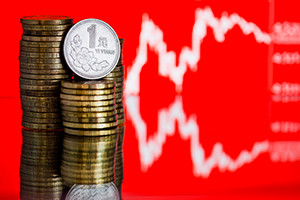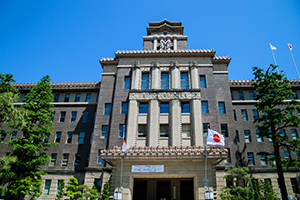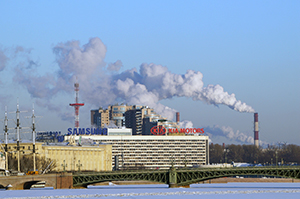Financial development and stability in the People’s Republic of China: Evaluating the policy challenges
The People’s Republic of China (PRC) has come a long way in developing its financial system, and it has done so at a speed that has been breathtaking. The country’s “big four” banks are now the four largest banks in the world by assets, while another 14 PRC banks make it into the top 100 largest banks. The PRC last year surpassed the euro area to become the world’s largest banking system by assets, and PRC banks are now major sources of dollar-denominated lending, not least as part of the country’s One Belt One Road initiative.









